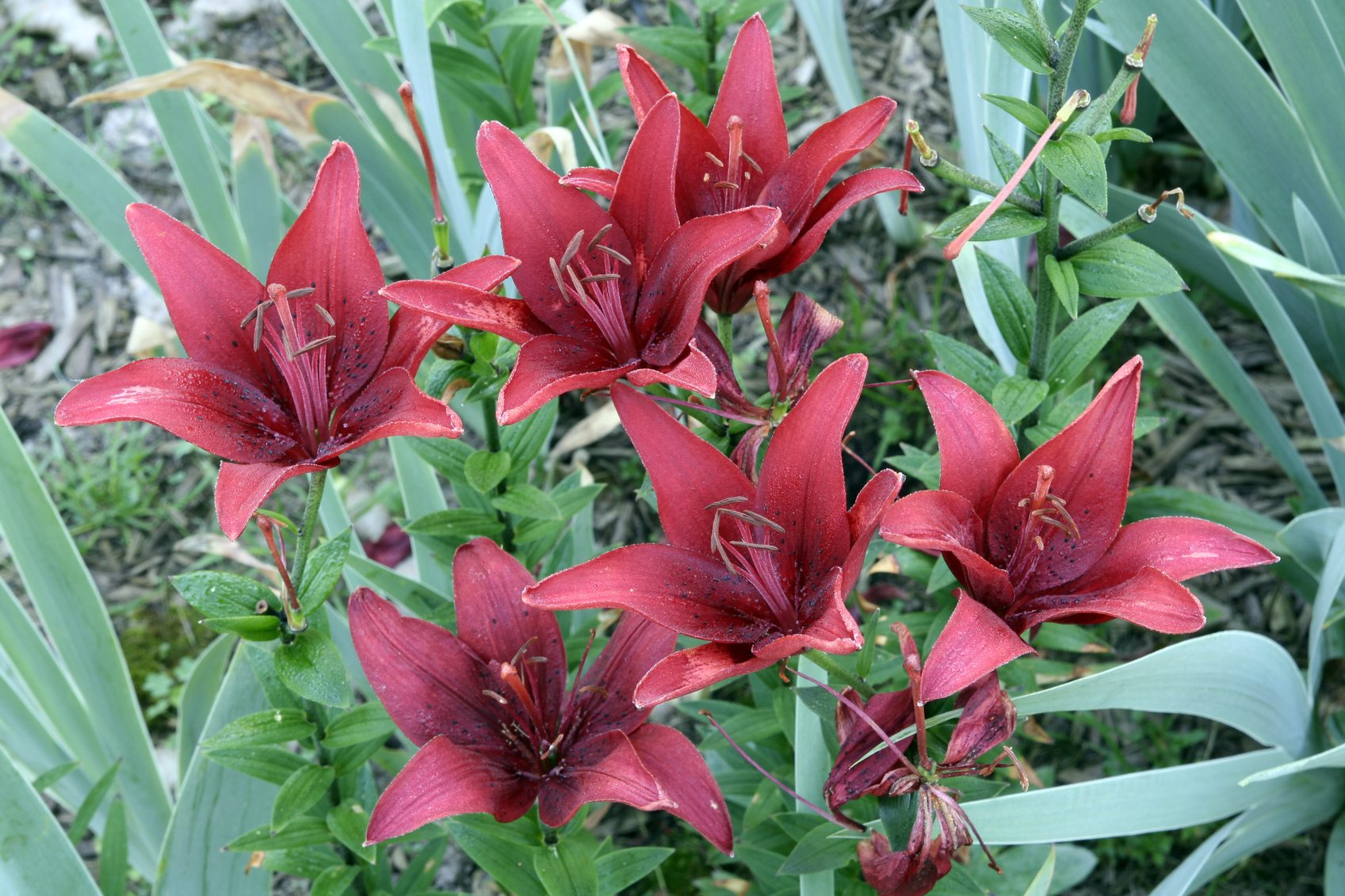Deadheading Lilies: How To Deadhead A Lily Plant


Lilies are an extremely varied and popular group of plants that produce beautiful and sometimes, very fragrant flowers. What happens when those flowers fade though? Should you cut them off or leave them where they are? Keep reading to learn more about how to deadhead a lily plant.
Should You Deadhead Lily Flowers
Deadheading is the term given to removing the spent flowers from a plant. With some plants, deadheading actually encourages new flowers to bloom. Unfortunately, this isn’t the case for lilies. Once a stem has finished blooming, that’s it. Cutting off the spent flowers isn’t going to make way for any new buds. Deadheading lilies is still a good idea for a couple of reasons, though. For one thing, it cleans up the appearance of the plant as a whole. If you’re growing lilies, you probably want to keep the foliage around through the summer so the plants will come back the following spring. Your garden will look much nicer without spent flowers hanging around.
About Deadheading Lilies
More important than aesthetics, though, is how your lily plant expends its energy. If a lily flower is pollinated, it will shrivel and make way for a seed pod-- this is how lilies reproduce. This is all well and good, unless you plan on using the same bulb to grow more lilies next year. Producing seed pods takes energy that the plant could be putting to use storing up carbohydrates in the bulb for next year’s growth. Deadheading lily plants channels all that energy into the bulb. So how to deadhead a lily plant? Once a lily flower has faded, just break it off with your fingers or snip it off with a pair of shears to stop seed pod production. Make sure not to take off any leaves with the flower, however. The plant needs all its leaves to take in as much energy as possible.
Gardening tips, videos, info and more delivered right to your inbox!
Sign up for the Gardening Know How newsletter today and receive a free copy of our e-book "How to Grow Delicious Tomatoes".

The only child of a horticulturist and an English teacher, Liz Baessler was destined to become a gardening editor. She has been with Gardening Know how since 2015, and a Senior Editor since 2020. She holds a BA in English from Brandeis University and an MA in English from the University of Geneva, Switzerland. After years of gardening in containers and community garden plots, she finally has a backyard of her own, which she is systematically filling with vegetables and flowers.
-
 Looking For Plants To Give You The Soft And Fuzzies? Try These 5 Fuzzy Leaf Plant Options
Looking For Plants To Give You The Soft And Fuzzies? Try These 5 Fuzzy Leaf Plant OptionsLovers of texture, drama, silver foliage and tactile plants will adore these special sensory garden additions. These fuzzy leaf plant options will leave you all aglow
By Susan Albert
-
 Get Ready For A Summer Of Hummers! Grow These Full Sun Hummingbird Plants and Flowers
Get Ready For A Summer Of Hummers! Grow These Full Sun Hummingbird Plants and FlowersIf you’re lucky enough to enjoy a sunny backyard, make sure you are maxing out on your pollinator opportunities and grow these full sun hummingbird plants and flowers
By Tonya Barnett